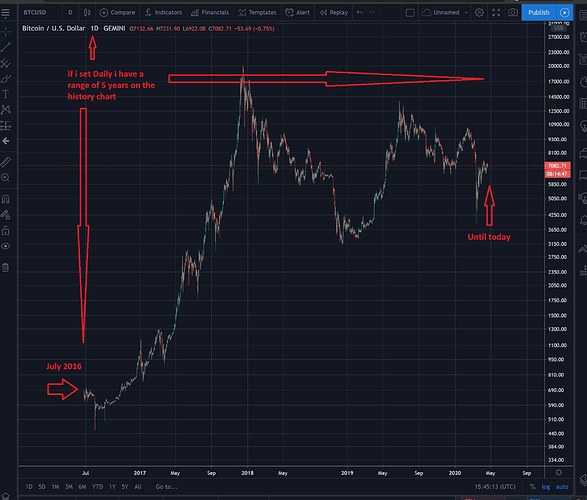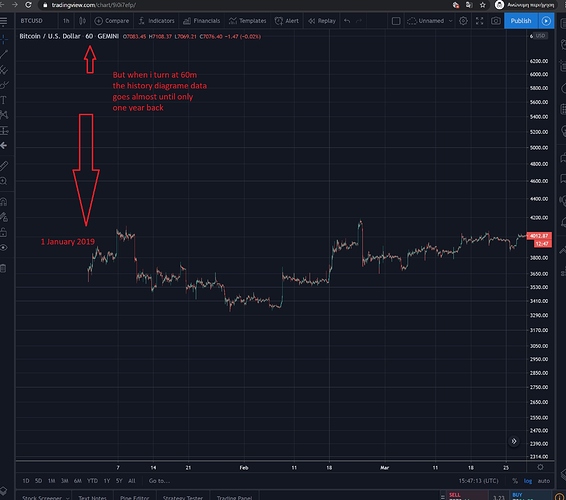Ive been doing a fair amount of thought on this and this is what ive come up with
(however im not sure why you have price[1] and price [0])
Wanting to take a buy position when the 2 MA’s have crossed…
ma[0] = Daily moving average of say 10
ma[1] = Daily moving average of 30
price > ma[0] && price > ma[1]
Buy
Else - Hold
I think i can workout how to do that…
However what i cant seem to workout is how to do a trailing stop or even a stoploss based on the buy price.
I want to also be able to do a take profit at x amount of points… But haven’t been able to get that to work either.
Are you able to shed some light on what i can do?
I’ve read the API Data on Gemini and Cryptocompare back to front and cant find anything that will work.
Below is the last thing i tried to get it to take a profit, but that didnt work.
indicators.hourlyMovingAverage("BTC","USD",1,function(ma){
exchange.bitcoinPrice()
.then(response => {
var price = response.last;
console.log("MA: ", ma);
console.log("Price ", price);
if(price > ma && !hasPosition){
console.log("BUY!")
exchange.marketBuyBitcoin()
.then(response=>{
console.log("Buy succsesful")
hasPosition = true;
setTimeout(strategy, 1000);
// **** ALWAYS make sure setTimeout is within the function otherwise it wont work properly *****
})
.catch(error => console.error)
}
else if (price > ma && hasPosition && sell100higher){
function sell100higher(){
exchange.bitcoinPrice() += 10
};
console.log("SELLL!")
exchange.marketSellBitcoin()
.then(response=>{
console.log("Sell succsesful")
hasPosition = false;
setTimeout(strategy, 1000);
// **** ALWAYS make sure setTimeout is within the function otherwise it wont work properly *****
})
.catch(error => console.error)
}


 Also found the problem. So my problem was not the code. I had put all the codes like you and later in finishing the lessons on gemini i managed it too. The problem is when you use trading view on free version you are today very restricted in what you can see and how much data you can get. Also the advertisement becomes sometimes a little bit anoying but for the course to understand and do is ok. When you are on free version you can only put max 3 indicators, here is everything i found
Also found the problem. So my problem was not the code. I had put all the codes like you and later in finishing the lessons on gemini i managed it too. The problem is when you use trading view on free version you are today very restricted in what you can see and how much data you can get. Also the advertisement becomes sometimes a little bit anoying but for the course to understand and do is ok. When you are on free version you can only put max 3 indicators, here is everything i found 

